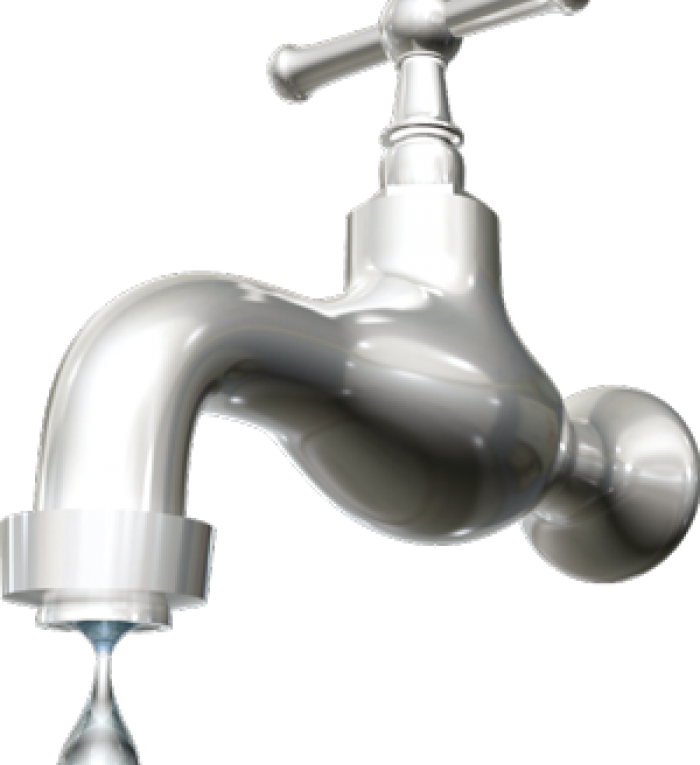Drip, Drip: The Most Common Causes of a Leaking Tap
There’s nothing more annoying than the persistent sound of a leaking tap. Not only does it drive you mad, but it also wastes a considerable amount of water, leading to higher utility bills and unnecessary environmental impact. Fixing a leaking tap might seem straightforward, but identifying the root cause can be tricky, and there are a number of cases where seeking professionals for a leaking tap repair in West London is a must.
Understanding the Basics
Before diving into the specific causes of a leaking tap, it’s essential to understand how a tap works. Most taps operate on a simple mechanism where a washer or seal is pressed against the tap seat to stop the flow of water. When the tap is turned on, the washer lifts, allowing water to flow through. Over time, various components of this mechanism can wear out or become damaged, leading to leaks.
Common Causes of a Leaking Tap
1. Worn Out Washer
The most common cause of a leaking tap is a worn-out washer. Washers are small, rubber or metal discs that form a seal against the tap seat. Every time you turn the tap on or off, the washer experiences friction, which eventually causes wear and tear.
Signs of a Worn-Out Washer:
- Water dripping from the spout even when the tap is turned off.
- A noticeable decrease in water pressure.
To fix this issue, you need to replace the washer. Ensure you purchase the correct size and type for your specific tap model.
2. Damaged O-Ring
An O-ring is a small rubber ring that helps seal the tap, preventing water from leaking out. It’s typically found in the tap’s handle. Over time, O-rings can become brittle and crack, causing leaks around the handle.
Symptoms of a Damaged O-Ring:
- Water leaking from the base of the tap handle.
- Difficulty in turning the tap on or off smoothly.
Replacing the O-ring involves disassembling the tap handle, removing the old ring, and fitting a new one. This can be done with basic tools and a little patience.
3. Corroded Valve Seat
The valve seat is the connection point between the tap and the spout. If it becomes corroded, it can prevent the washer from sealing properly, resulting in a leak. Corrosion is typically caused by the build-up of mineral deposits from hard water.
Indications of a Corroded Valve Seat:
- Water dripping from the spout when the tap is off.
- Visible signs of corrosion or build-up around the tap seat.
To address this issue, you may need to clean or replace the valve seat. Cleaning involves using a valve seat grinder to remove the build-up, while replacing it might require professional help if you’re not comfortable with plumbing tasks.
4. Loose Parts
A tap is made up of several components, and if any of these parts become loose, it can cause leaks. Common culprits include the packing nut, washer, and other internal components. Regular use and vibrations from water flow can loosen these parts over time.
Signs of Loose Parts:
- Water leaking from various parts of the tap.
- A wobbly or loose tap handle.
Tightening the loose parts with a wrench can often solve this problem. However, if the parts are damaged, you may need to replace them.
How to Fix a Leaking Tap
Tools You’ll Need:
- Adjustable wrench
- Screwdriver
- Replacement parts (washers, O-rings, etc.)
- Plumber’s tape
- Valve seat grinder (if needed)
Step-by-Step Guide
- Turn Off the Water Supply – Locate the water shut-off valve under the sink and turn it off to prevent any water flow while you work on the tap.
- Disassemble the Tap – Use a screwdriver to remove the tap handle. Depending on the type of tap, you may need to remove additional parts to access the internal components.
- Inspect and Replace Parts – Examine the washer, O-ring, and valve seat for any signs of wear or damage. Replace any faulty parts with new ones. Use plumber’s tape to ensure a tight seal.
- Reassemble the Tap – Once all the parts are replaced, reassemble the tap in the reverse order of disassembly. Make sure all parts are securely tightened.
- Turn On the Water Supply – Turn the water supply back on and test the tap for leaks. If the leak persists, double-check all components and ensure they are correctly installed.
Preventative Measures
While leaks can happen over time, there are steps you can take to minimise the risk:
- Regular Maintenance – Periodically inspect your taps for signs of wear and tear. Replace washers and O-rings as needed.
- Water Softening – If you live in an area with hard water, consider installing a water softener to reduce mineral build-up.
- Gentle Use – Avoid turning taps on and off with excessive force, as this can accelerate wear on the components.
When to Call a Professional
While many tap repairs can be done as a DIY project, some situations may require professional help. If you’re dealing with complex issues like extensive corrosion or if your efforts to fix the leak have been unsuccessful, it might be time to call a plumber. A professional can provide a more thorough diagnosis and ensure the problem is resolved correctly.
Conclusion
So next time you hear that annoying drip, drip, don’t despair. Roll up your sleeves, grab your tools, and tackle the problem head-on. Your wallet and the environment will thank you.
